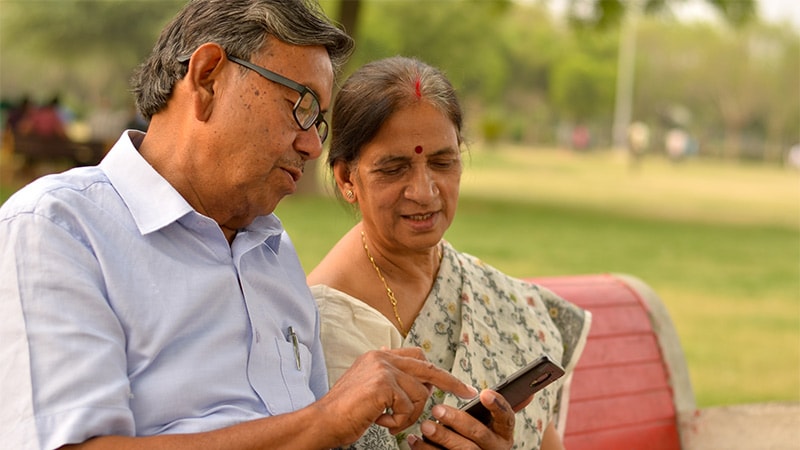The study covered in this summary was published in Preprints for Research Square as a preprint and has not yet been peer reviewed.
Key Takeaways
-
South Asians dying with atherosclerosis in the United States were twice as likely to have concurrent diabetes compared with other Americans (8.3% vs 4.1%), in a new study.
-
The findings come from mortality data of American adults aged 45 and older who died in 2012-2019, were South Asian (with ancestry from India, Pakistan, Bangladesh, Nepal, Bhutan, or Sri Lanka) or other Americans, and the cause of death included type 2 diabetes (diabetes) and/or atherosclerotic disease (ischemic heart disease, ischemic stroke, or atherosclerosis), based on ICD-10 codes.
-
The increased likelihood of having diabetes plus atherosclerotic disease as the cause of death in South Asians versus other Americans was greatest in women younger than 60.
Why This Matters
-
South Asians in their native countries or diaspora populations have a higher risk of developing diabetes and diabetic complications than others, and their leading cause of death is atherosclerotic disease. This study now shows that atherosclerotic disease and diabetes have “vicious synergistic consequences” on risk of earlier death.
-
Public health strategies targeted at South Asians should focus on prevention and treatment of both atherosclerotic disease and diabetes, especially in young and middle-aged adults, and especially younger women.
-
There is a need to “step-up” detection and management of atherosclerotic disease and diabetes in South Asians as well as increase efforts to prevent diabetes in patients with atherosclerotic disease and prevent atherosclerotic disease in patients with diabetes.
-
Renewed efforts are needed to improve access to healthcare for immigrant communities in the United States.
Study Design
-
The researchers obtained mortality data compiled in the Mortality Multiple Cause files from the National Center for Health Statistics, based on death certificates, from 2012 through 2019, for people who died at age 45 and older, were US residents, and had data for race/ethnicity/nationality.
-
The patients were classified as having South Asian ancestry or other ancestry (non-Hispanic White, non-Hispanic Black, American Indian, Hispanic, Japanese, Chinese, Filipino, Korean, Vietnamese, or other Asian and Pacific Islanders).
Key Results
-
During the study period, 20,145,499 people died, including 55,461 (0.28%) who were South Asian.
-
Among South Asian Americans, the contributing cause of death was:
-
atherosclerotic disease in 30%.
-
diabetes in 16%.
-
both atherosclerotic disease and diabetes in 8.3%.
-
-
Among other Americans, the contributing cause of death was:
-
atherosclerotic disease in 22%.
-
diabetes in 10%.
-
both atherosclerotic disease and diabetes in 4.1%.
-
Diabetes and atherosclerotic disease were more likely to be co-occurring causes of death in South Asians than in other Americans (P < .0001)
-
The likelihood of having diabetes and atherosclerotic disease as co-contributors to death in South Asians versus other Americans was highest for South Asian women younger than 60.
-
The death certificates may have had errors.
-
Mortality data from US death certificates were not linked with US census data.
-
The study did not receive commercial funding.
-
The authors have reported no financial disclosures related to the research.
Limitations
Disclosures
This is a summary of a preprint research study, “Are US Asian Indians Dying With Atherosclerosis More Likely to Have Concurrent Diabetes Mellitus: Analysis of National Multiple Cause of Mortality Data (2012-2019),” written by researchers from Armed Forces Medical College in Pune, India, and Johns Hopkins University School of Medicine in Baltimore, Maryland. Preprints from Research Square are provided to you by Medscape. This study has not yet been peer reviewed. The full text of the study can be found on Research Square.
Source: Read Full Article
-



